THE ESD SEASONAL FORECASTER
FAQS
The forecasts show the monthly average temperature or rainfall – expressed as a difference from the ‘expected’ conditions.
This is the average rainfall or temperature in a given location, for the 1981-2010 time period. It is a common time period used by climatologists and meteorologists to use as a benchmark.
No. At least not yet. This version of the app tells you the forecasted conditions for the month as a whole: For example +4C tells you the month in question is forecasted to be 4C warmer than normal. How each individual day within that month behaves (in order to comprise a monthly average of +4C) is unknown.
Predicting weather months in advance is different form predicting the weather for the next 10 days or so. Research shows the model skill, when trying to predict far ahead, is in the monthly average conditions. By all means we could give you the daily conditions, but the skill level would be very low – much lower than giving you the monthly average.
A maximum of seven month’s data is available, but forecast accuracy usually diminish though time therefore we show you a maximum of three months ahead. The accuracy of the forecasts within the three months itself will also vary across the globe, from month to month, depending on the presiding conditions that are controlling the weather in the forecasts. For example – it is far easier for a weather forecast to simulate weather over a desert, than for the middle latitudes in winter, where the model is trying to accurately form and simulate storm systems, and associated dynamical processes.
We take raw numerical forecast system prognostic files produced by semi-research/semi-operational sovereign programs within national weather and climate research departments. These numerical forecast models are some of the most complex computational systems in existence, simulating oceanic, atmospheric, land system and cryospheric system processes at unprecedented geographical detail. Many of the modules within the models are developmental, and as such seasonal forecasts are not disseminated to the general public – even though the models show promising capabilities. The current models incorporated to our app are UKMO-GLOSEA-6, DWD GCFS2.0, METEOFRANCE-SYS8 and ECMWF-SEASV. We receive no funds or support from these centres to develop our app, which is a unique and independent enterprise. The app is generated using Copernicus Atmosphere Monitoring Service information 2022 and onwards and is the first app to bring these seasonal forecast data to you in native Android and iOS form.
We spent a great amount of time and detail designing and writing the code to bring you these data, which are the latest cutting edge in terms of global forecasting capabilities. We receive(d) no funds from modelling centres, government or any private institution to cover developing and running our app!
Thank you! You do not know how much your support means to me.

